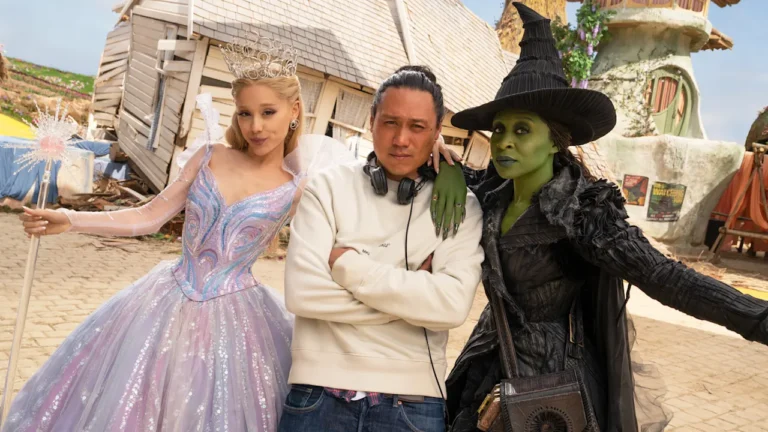
The “X of Y” framework—“We’re the Uber of healthcare” or “the Airbnb of finance”—has become a kind of startup reflex. It’s useful, even comforting, to anchor a new idea to something people already understand. But what feels like clarity can become constraint.
When you define your business through another company’s success, you risk adopting their playbook instead of rewriting the rules. The best disruptors learn to move past comparison. They articulate what makes their idea not just different, but inevitable. That’s how you build conviction from your team, your investors, and your customers.
Why comparison shrinks your story
From a branding perspective, letting investors, consumers, or even your own team see your business through the lens of another company is risky. It narrows imagination and compresses potential before the company ever takes off.
In Teddy Roosevelt’s words, “comparison is the thief of joy.” In the entrepreneurial world, comparison is the thief of innovation. The moment you define yourself through someone else’s success, you’re not building a new world; you’re borrowing a corner of an old one.
True disruptors don’t emulate, they innovate. And not just in the product, but in how they communicate that product to the world. The biggest tech companies by market cap—Facebook, Apple, Amazon, Netflix, Google, Nvidia—aren’t the “X of Y.” They just are. They didn’t build by reference; they built by invention.
Yesterday’s playbook won’t win tomorrow’s game
From a business model standpoint, the “X of Y” approach doesn’t simplify, it hamstrings. What worked in one context often fails in another because conditions change faster than most disruptors realize.
YouTube’s monetization strategy, for example, only succeeded after the platform reached massive scale. Trying to apply that same model to a niche content business at launch would likely fail. OpenAI trained on freely available web data that’s now largely cut off. Imitators entering the space today can’t replicate those conditions, nor their success.
Timing and first-mover advantage matter. Once a model exists, the data access, regulation, even consumer behavior conditions that allowed it to thrive are already evolving. The world moves on. What worked before doesn’t necessarily work now.
For disruptors, the takeaway is simple: Learn from others, but don’t lean on them. The best leaders translate insight into original structure, a model built for today’s conditions, not yesterday’s advantages.
Create a category: Lessons from Figure’s IPO
I saw this dynamic play out firsthand during Figure’s IPO. With no natural comparison, we didn’t fit into a familiar box. Yet, investors tried; they labeled us a blockchain company, a fintech lender, a financial marketplace. And each comparison carried its own limitations: valuation ceilings, volatility, market constraints.
Bringing something truly new to market requires more than a great product. It demands changing perception. You have to teach the market how to think differently and convince them they’re ready for it.
At Figure, we had to educate investors that what we were building—blockchain-based capital markets—wasn’t a futuristic concept; it was a present-tense opportunity. We emphasized not just what we built, but why it mattered: faster, more transparent capital flows that could unlock a massive market. Once that clicked, investors stopped searching for a comparison and started seeing the scale of the opportunity. That shift made all the difference in a successful offering.
Comparisons fall flat faster in today’s world
We’re in an evolutionary moment. Like mobile did before, AI and blockchain are changing the rules of the game. Business models built around past infrastructure will quickly feel dated.
Anchoring yourself to yesterday’s success stories is like hitching your wagon to Craiglist’s star in 2008. It looked brilliant, until mobile changed everything.
The “X of Y” mindset is its own kind of entrepreneurial Waiting for Godot. Leaders get stuck in a comparison loop, waiting for validation, for precedent, for permission to move. But the future never arrives for those who wait on it.
Pioneering beyond precedent, especially when precedent itself is shifting, is hard. But that’s where the opportunity lies. Leaders who thrive in this environment won’t ask, “Who are we like?” They’ll ask, “What are we building that no one else has imagined yet?”
Because real disruptors don’t wait for Godot. They build the world everyone else is still waiting for.
Michael Tannenbaum is the CEO of Figure.
